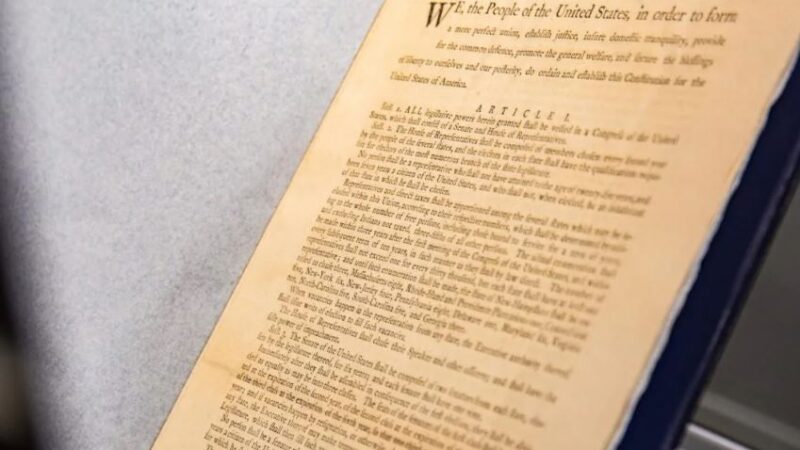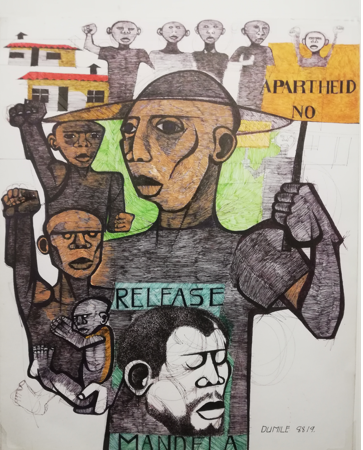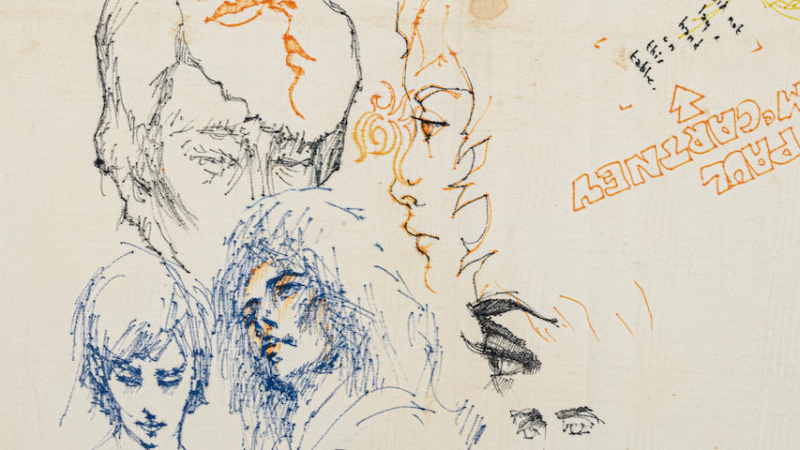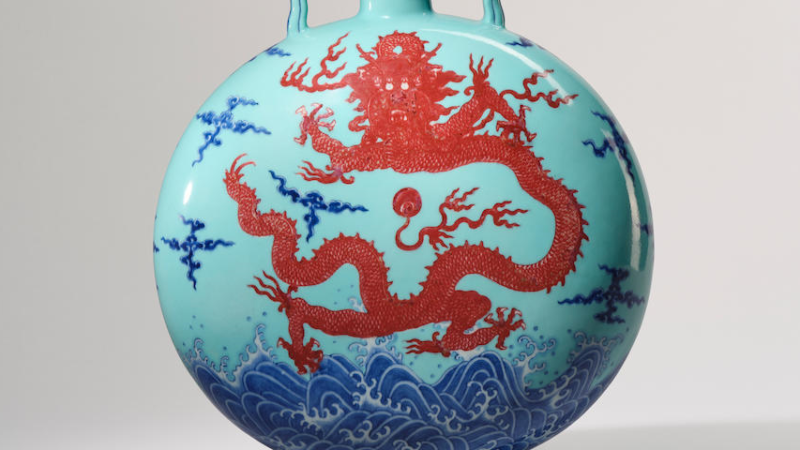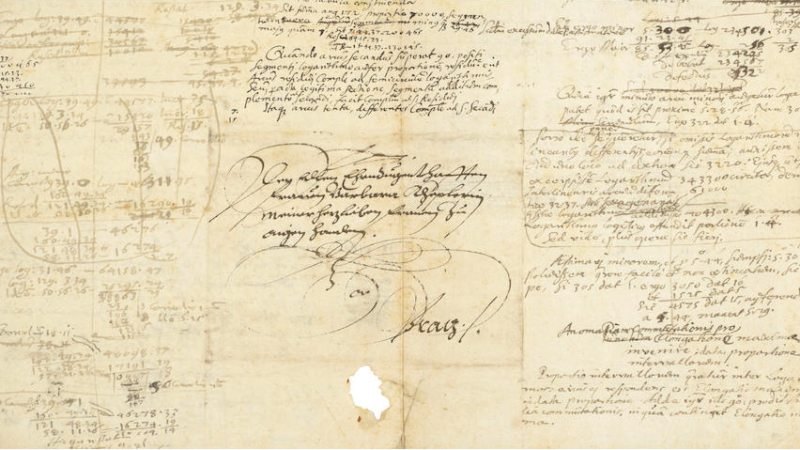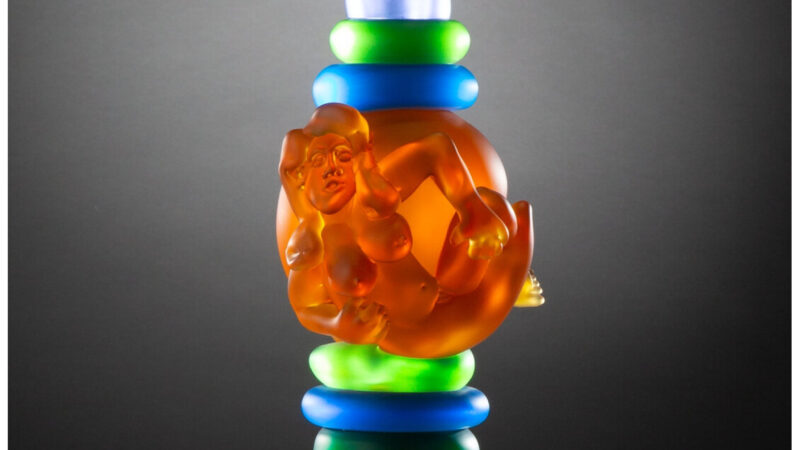Postwar Modern: New Art in Britain 1945 –1965

Barbican Art Gallery, London, UK
3 March – 26 June 2022
The exhibition is generously supported by Cockayne – Grants for the Arts, The London Community Foundation, The Clare McKeon Charitable Trust, and the Henry Moore Foundation.
Postwar Modern: New Art in Britain 1945 –1965 is an ambitious and timely reassessment of art produced in Britain during the twenty years after the Second World War. In the aftermath of a cataclysmic war that called into question religion, ideology and humanity itself, there followed the consequences of conflict: continued austerity, the Cold War, nuclear threat and the dismantling of empire. These very conditions – of past horror, continued anxiety and future promise – gave rise to an incredible richness of new imagery, forms and materials as artists in Britain sought to establish meaning and purpose and to reimagine the world around them. This major exhibition brings together around 200 works of painting, sculpture and
photography by 48 artists, drawn from public and private collections both international and in the UK. Much of the work is little known, never having been included in an overview such as this, while other works are exhibited for the first time. Postwar Modern focuses on the ‘new’ in this period: work created by artists who were shaped by their direct experiences of the war, its global impact and aftershocks, at a formative stage in their development.
Jane Alison, exhibition Curator and Head of Visual Arts, Barbican, says: ‘The postwar period in Britain was crying out to be revisited. I had a strong sense that art in the twenty years that followed the war was more vital, distinctive and important than has been previously appreciated. The key to unlocking that was to focus on “the new”, to pay close attention to a defining sensibility, and to include previously marginalised figures in dialogue with those whose contributions are widely celebrated. I hope that Postwar Modern, which so resonates with a Britain struggling to overcome crisis, will be a revelation. It is certainly an exhibition for our time.’
Works by Francis Bacon, Lucian Freud, Eduardo Paolozzi and David Hockney are shown alongside artists who came to Britain fleeing Nazism, such as Frank Auerbach, Franciszka Themerson and Gustav Metzger, as well as artists who migrated from Britain’s crumbling empire, among them Francis Newton Souza, Frank Bowling, Avinash Chandra and Aubrey Williams – each of whom contributed powerfully to forging a distinctive postwar sensibility. The exhibition also foregrounds the work of women artists such as Jean Cooke, Eva Frankfurther, Gillian Ayres, Kim Lim, Sylvia Sleigh and Magda Cordell, who have been marginalised in previous histories of this period.
Divided into fourteen thematic sections, the exhibition draws out the particular subjects that preoccupied artists in the postwar period, including the body, the post-atomic condition, the Blitzed streetscape, private relationships and imagined future horizons. By reframing the art within thematic categories that reflect and amplify these concerns, well-known figures can be considered in a new light.
The exhibition celebrates an array of artists in both expected and unexpected groupings. ‘Body and Cosmos’, the opening room, is devoted to three very different artists: John Latham, Eduardo
Paolozzi and Francis Newton Souza. In ‘Post-Atomic Garden’, Bert Hardy’s photographs of bombed-out Birmingham are found alongside the sculpture of Lynn Chadwick, the paintings of
Prunella Clough and the collages of Nigel Henderson. Shirley Baker’s iconic colour photography is shown alongside the lesser-known paintings of Eva Frankfurther, while the intimate gaze is
explored by bringing together Bill Brandt, Lucian Freud and Sylvia Sleigh. Three paintings from Francis Bacon’s Man in Blue series (1954) and two early paintings by David Hockney (1961–2)
are exhibited together in a section devoted to expressions of male same-sex desire. The exhibition concludes with ‘Horizon’, given over to David Medalla’s kinetic sand sculpture and Gustav Metzger’s Liquid Crystal Environment (1965), an immersive installation in which darkness gives way to a vision of light.
Mapping the art in Britain during a period of profound crisis, the exhibition speaks powerfully to the present moment. This contemporary resonance is explored in collaboration with Londonbased interdisciplinary practitioner Abbas Zahedi, who will respond to Postwar Modern in the role of Associate Artist through an accompanying programme of events. Zahedi’s work blends social practice, performance, moving image, institution-making and writing and draws connections between the postwar period and the present.
Postwar London, with its emerging arts scene and pockets of progressive attitudes, was an obvious destination for many artists featured in Postwar Modern – a magnet for ambitious artists
from across Britain as well as those arriving from Europe and from current or former colonies. It was during this period that the Barbican Estate was first conceived, to occupy what was an
enormous bombsite in the heart of London. Postwar Modern opens as the Barbican Centre celebrates its 40th anniversary, a reminder of the Brutalist spirit that was central to this moment.
Please visit: www.barbican.org.uk for more information.
